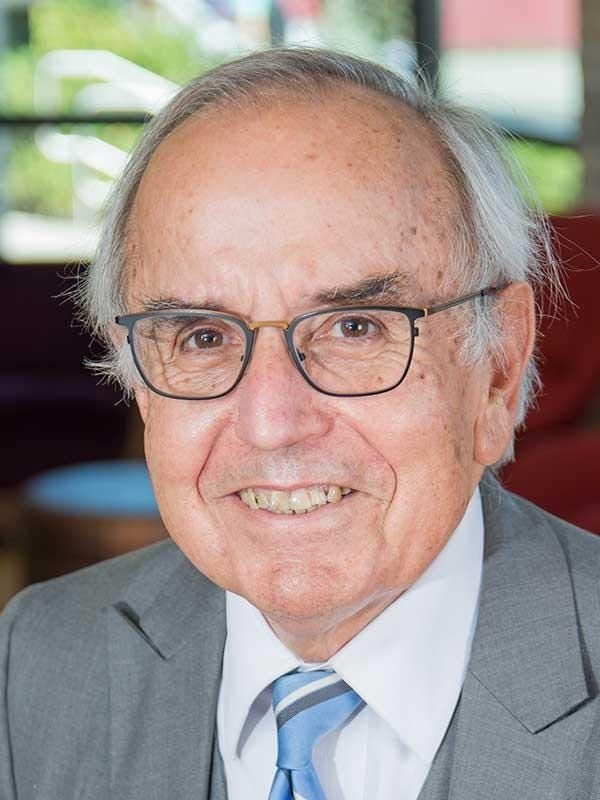
"The fruits of decades of effort … to build bilateral trust," is how United States Ambassador to Vietnam Dan Kritenbrink describes the dramatic visit of our aircraft carrier the USS Carl Vinson to that country. The magnificent U.S. Navy vessel is on a mission of peace, serving as a symbol of steadily expanding cooperation between two nations once at war.
The Vietnam War was for the U.S. literally the most divisive since our Civil War. Intense controversy led in American domestic life to physical violence as well as emotional and political turbulence during the chaotic 1960s.
The destruction visited on the Vietnamese, Cambodian and Laotian people was vast. Costs of the war resonate in human terms in both Southeast Asia and the United States.
Contemporary human experience can mitigate past tragedy. U.S. Navy Commander Hien Trinh is part of the crew of the Carl Vinson. His family fled Vietnam in a tiny fishing vessel after the fall of Saigon in 1975. A U.S. Navy ship rescued the family, which inspired CDR Trinh to join our military. He manages the dental facility on the ship.
Current improvement in relations with Vietnam reflect concern about assertiveness of China, including military expansion. Beijing and Hanoi have serious disagreements about maritime jurisdictions.
Both Presidents Bush contributed to cooperation with Vietnam. President George H.W. Bush and Secretary of State James Baker deserve great credit for supporting APEC (Asia Pacific Economic Cooperation). Australia Prime Minister Bob Hawke conceived the organization and hosted the first summit in 1989.
The formation of APEC complemented and reinforced other strategic achievements of this Bush administration. Bush, Baker and associates skillfully maneuvered through the collapse of the Soviet Union and end of the Cold War.
The administration of President George W. Bush supported the 2006 APEC summit held in Hanoi, the capital of Vietnam. That gathering provided a useful opportunity to highlight that nation’s economic growth and the wider commitment to multilateralism. Defense Secretary Donald Rumsfeld was warmly welcomed to Vietnam, with a special parade in his honor, which included playing the U.S. national anthem.
For years after Hanoi’s 1975 military victory, the newly unified nation was frustrated by inability to turn military and political revolution into economic development. Vietnam did not join the Association of Southeast Asian Nations until 1995, nearly three decades after the creation of the regional development organization.
The 2006 summit was a remarkable substantive and symbolic success. There was strong commitment to multilateralism and the vital importance of working with allies and through established regional and global institutions.
The summiteers not only restated support of long-term efforts toward freer trade, they also addressed military security, calling on North Korea to abandon nuclear weapons development and return to six-party talks. Representatives of generally capitalist economies, meeting in a principal city of one of the few remaining communist political systems, collectively called on the secluded leaders of another communist state to cease this very threatening military activity.
The Pacific region generally lacks the established network of economic and military organizations that help define Atlantic region relationships. For this reason, the annual APEC summits are especially significant.
Partners in this Asia organization have proven willing to expand their reach to include cooperation with explicitly military dimensions. This complements U.S. treaties with Australia, Japan and South Korea.
For decades, the Cold War defined relationships among nations. Today, economic realities undermine ideology. Celebrate the peaceful U.S. visit to Vietnam.
— Arthur I. Cyr is Clausen Distinguished Professor at Carthage College and author of "After the Cold War." Contact acyr@carthage.edu.
This article originally appeared on Crestview News Bulletin: U.S. aircraft carrier visits Vietnam – in peace
